King Charles at Gordonstoun: How a Scottish school shaped the King
The young prince was educated in Scotland during the 1960s at Gordonstoun School – the alma mater of his father, the late Duke of Edinburgh. Like many teenagers, King Charles took part in a variety of school activities during his time there including performing in productions, taking part in societies and learning valuable life skills.
However, Prince Charles’s attendance at the prestigious school marked a significant departure from previous royal tradition.
Advertisement
Hide AdAdvertisement
Hide AdTypically, royals such as the then Prince of Wales were educated at the palace by private tutors. However by following in his father Prince Philip’s footsteps, Gordonstoun has become the first senior school to educate a British monarch.
King Charles’s time at Gordonstoun has even been marked on screen, with hit Netflix series The Crown’s Paterfamilias episode depicting the young Prince’s miserable time in Scotland while highlighting his father’s altogether different experience.
Despite the dramatised series of events presented through the show, it is fair to say that Gordonstoun School – and Scotland in general – have had a profound impact on the Royal Family.
Why did King Charles III attend Gordonstoun?
Prince Charles was often described as a sensitive child.
His mother, the late Queen Elizabeth II, would travel frequently to perform her royal duties both at home and abroad and as such the Queen mother took on a nurturing role in his life.
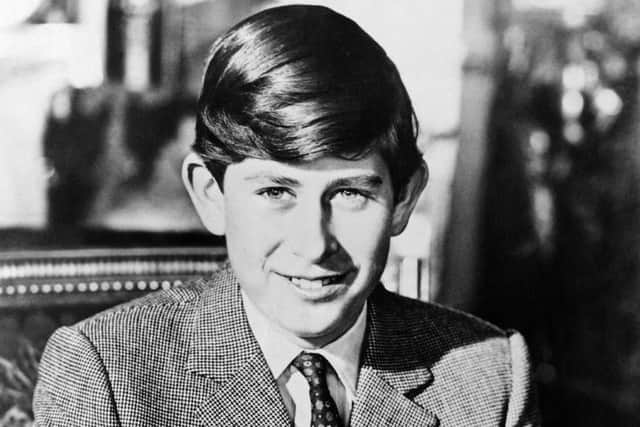

He was interested in the arts but less so in sports, recalling his lack of athletic ability by describing his “ignominious” returns from the cricket field when holidaying at Balmoral.
Charles had spent his younger years studying at Cheam School in Surrey, though was lonely during his time there, and when discussions turned to senior school there were arguments for both Eton and Gordonstoun.
In a letter to the Queen in May 1961, the Queen Mother argued that Eton would be “ideal . . . for one of his character & temperament”. She added if Charles attended Gordonstoun “he might as well be at school abroad”.
But looking to toughen up his timid son, Philip decided that sending Charles to Gordonstoun would be for his own good.
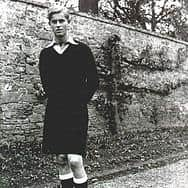

Advertisement
Hide AdAdvertisement
Hide AdThe school was founded in 1934 by German educationalist Dr Kurt Hahn, a Jewish man who fled Germany during the rise of the Nazis.
Having previously run schools in his home country, Dr Hahn’s goal was to develop young people's life skills at the same time as their academic abilities, designing a curriculum which would prepare young people for life beyond school.
The school’s ideology was something which Philip - one of its first pupils - valued greatly.
What was Charles’s time at Gordonstoun like?
On his first day, the 13-year-old Prince arrived in style. He was flown to RAF Lossiemouth in a plane piloted by his father and then driven about half a mile to Gordonstoun.
King Charles attended the school for five years and resided in the Windmill Lodge, which is now a boarding house for female pupils.
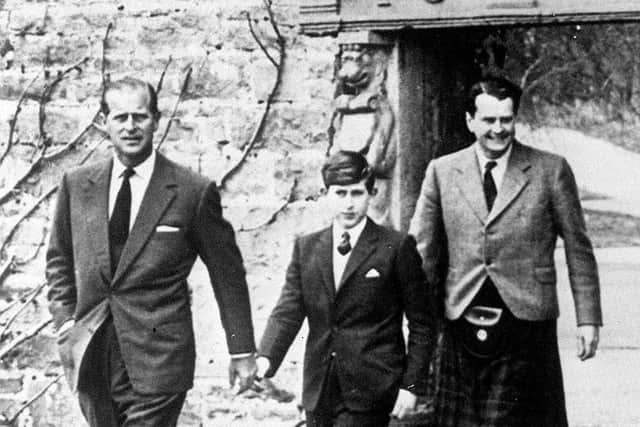

He took part in a number of school events and societies which would help shape him into the man he is today.
As part of the school’s goal to build well-rounded pupils, the school’s schedule included early morning runs and cold showers. The school also encouraged giving back to the local community and had its own fire brigade, coastguard service and more – something which Charles praised to the House of Lords in 1974.
Though once described as “temperamentally unsuited” for the way of life at Gordonstoun, King Charles now pays tribute to the school’s teachings.
Advertisement
Hide AdAdvertisement
Hide AdHe was the lead in the school’s production of Macbeth, which his parents attended sitting in seats reserved by pieces of paper which read “Mum” and “Dad”. The Sunday Telegraph even described him as "the best actor in the school", and his other roles included the Duke of Exeter in Shakespeare's Henry V and the Pirate King in The Pirates of Penzance.
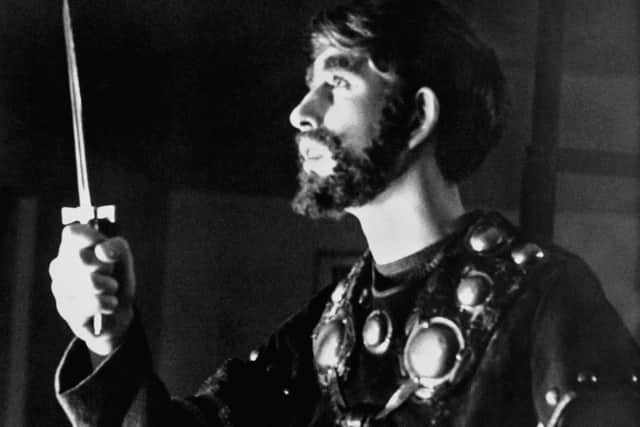

The King’s love of art was also cultivated by a teacher at the school, leading to his interest in watercolour painting. Since becoming king, his paintings including one of Balmoral have exploded in value, with a print going on sale for more than £5,000.
And despite his successes King Charles’s time at Gordonstoun wasn’t without controversy.
The Cherry Brandy Affair
While on a school sailing trip to the Isle of Lewis in 1963, Prince Charles and a group of boys were taken to a pub at Stornoway Harbour where he ordered a cherry brandy. Drinking was against school rules, and the group were unaware of a tabloid reporter sitting at a table nearby.
The “Cherry Brandy Affair” then exploded, resulting in the Metropolitan Police firing his personal security officer.
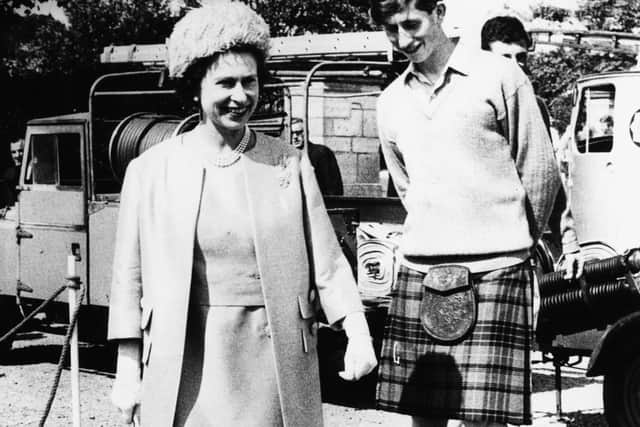

Charles said: “I have never been able to forgive them for doing that… I thought it was the end of the world.”
This wasn’t the only time the media interfered with the Prince’s life. A performance of his as part of the Gordonstoun School Orchestra at Elgin Town Hall was illicitly filmed and published in 1967. A photographer used a pair of opera glasses which housed a camera to snap the picture which appeared in the papers shortly after.
How Charles really feels about Gordonstoun
The school set Charles up for success – much the same way it did for Prince Philip. He went on to study archaeology and anthropology at Cambridge University after achieving five O-levels, which included English Language, English Literature, History, Latin and French.
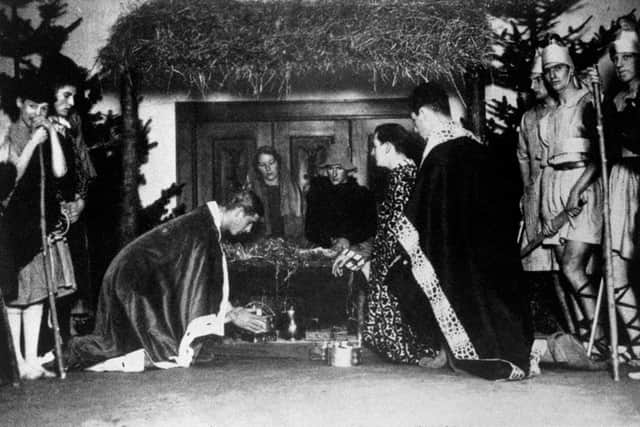

Advertisement
Hide AdAdvertisement
Hide AdSpeaking on his time at Gordonstoun, King Charles said in 1974: “I am always astonished by the amount of rot talked about Gordonstoun and the careless use of ancient clichés used to describe it.
"It was only tough in the sense that it demanded more of you as an individual than most other schools did – mentally or physically.
"I am lucky in that I believe it taught me a great deal about myself and my own abilities and disabilities. It taught me to accept challenges and take the initiative.”
Recent Gordonstoun attendees would also agree with him.
In an interview following the Queen’s death, pupils stated that King Charles’s time at the school had filled them with far more confidence as they “know what sort of values have been instilled in him”.
Comments
Want to join the conversation? Please or to comment on this article.